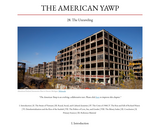
A chapter from The American Yawp open source history textbook focusing on, "The Unraveling."
- Subject:
- American History
- Social Studies
- Material Type:
- Textbook
- Author:
- Ben Wright
- Joseph Locke
- The American Yawp
- Date Added:
- 04/02/2020

A chapter from The American Yawp open source history textbook focusing on, "The Unraveling."
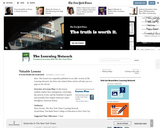
Students explore how immigration, citizenship, due process of law, and the freedoms of speech and assembly have shaped American values throughout American history. The article for this assignment can be found at http://www.nytimes.com/learning/teachers/featured_articles/20011119monday.html.
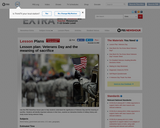
Students gain an understanding of midterm elections and discuss reasons why voter turnout remains low.
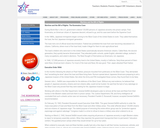
In this lesson, students explore the impact of Japanese internment on Japanese American citizens. Discussion questions are provided. In an associated activity, students analyze measures that might be taken in the contemporary United States that might also affect the civil liberties of American citizens.

This inquiry deals with the period of rapid suburbanization immediately following World War II, from 1945 through the 1950s. The compelling question challenges the notion that all economic development is benefical and considers both the positive and negative outcomes of American suburban growth.

The goal of this inquiry is to help students understand the various factors that caused the United States to be on the winning side in World War II. The compelling question “Why was the US on the winning side of World War II?†engages students with both the economic and military factors that contributed to a successful war effort. Students start with an examination of the home front before looking at military factors in the wars in Europe and the Pacific. Students should be able to articulate a variety of factors that caused the Allied victory.
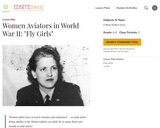
This lesson plan explores the contributions of the Women Airforce Service Pilots (WASPs) during World War II, and their aviation legacy.
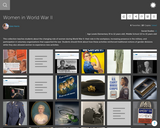
This collection teaches students about the changing role of women during World War II: their role in the workplace, increasing presence in the military, and participation in voluntary organizations that supported the war. Students should think about how these activities reinforced traditional notions of gender divisions while they also allowed women to experience new activities.
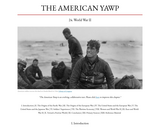
A chapter from The American Yawp open source history textbook focusing on, "World War II."

In this activity, students examine and analyze a series of primary source documents that relate to World War II.

With this digital collection, students will explore U.S. popular—and, especially, visual—culture during World War I. These sources were not produced by the government. Rather, they demonstrate how extensively private companies, organizations, and individuals embraced the war effort. Atlases, cartoons, advertisements, and sheet music all expressed support for the war with remarkable consistency and reinforced the government’s messages. One exception was the socialist magazine the Masses, which provides dissenting voices among the documents below. Students will consider the following questions as they review the documents: 1. How did popular publications encourage Americans to support the war effort? 2. How did artists, advertisers, and mapmakers visually represent the war to the American public? What patterns or conventions do you notice in these images of soldiers? What ideals of masculinity and national identity do they express? 3. What criticisms of the government and, specifically, the war effort did dissenters voice? How did dissenting artists parody or otherwise subvert pro-war propaganda?